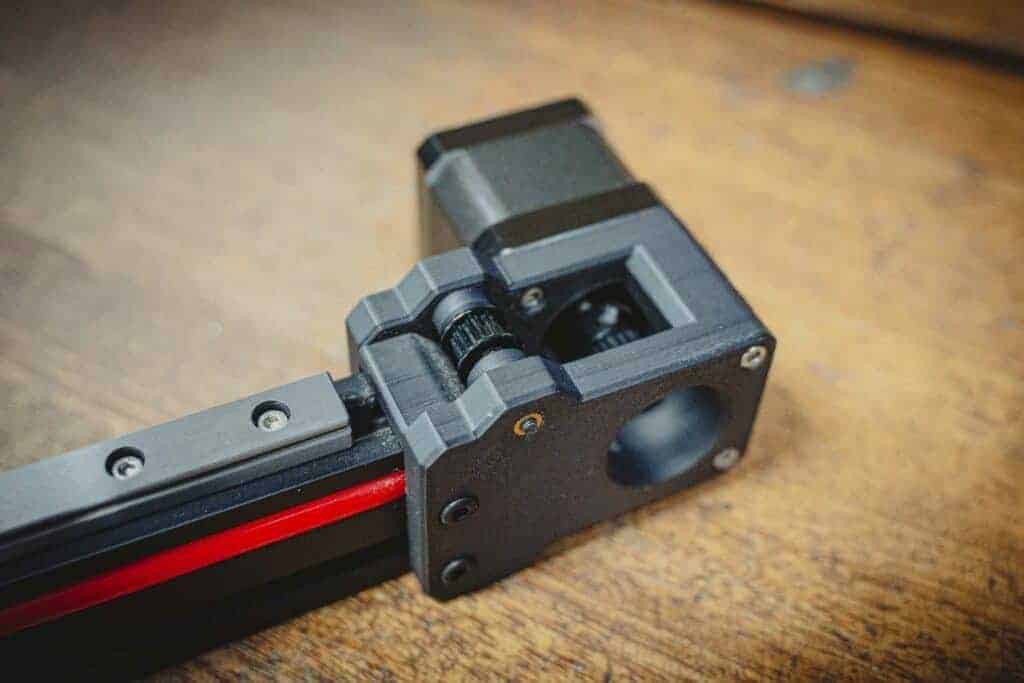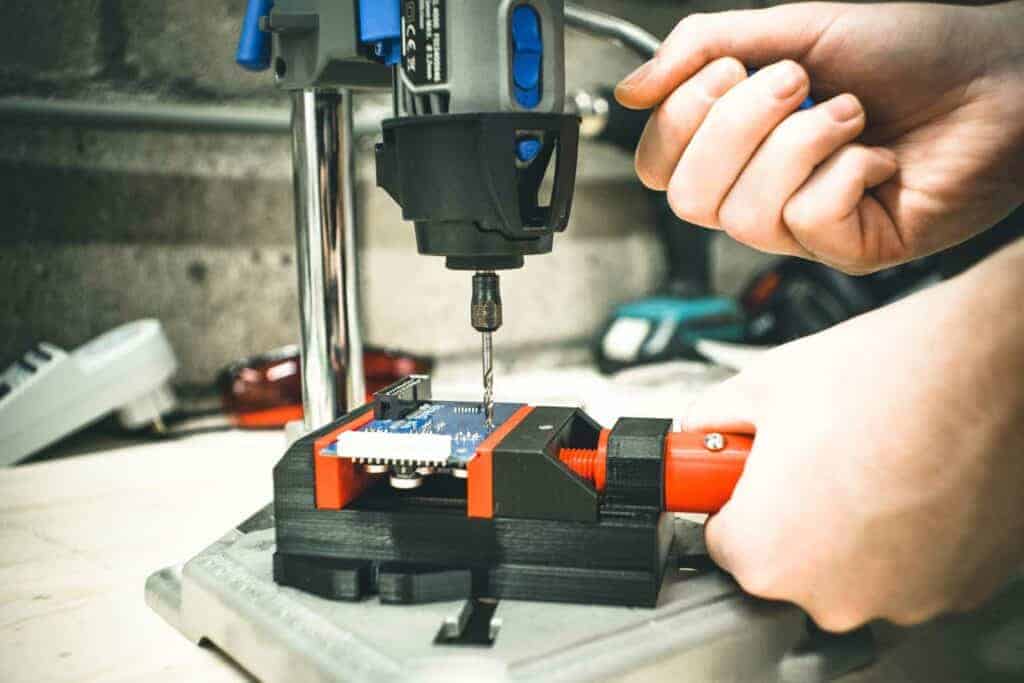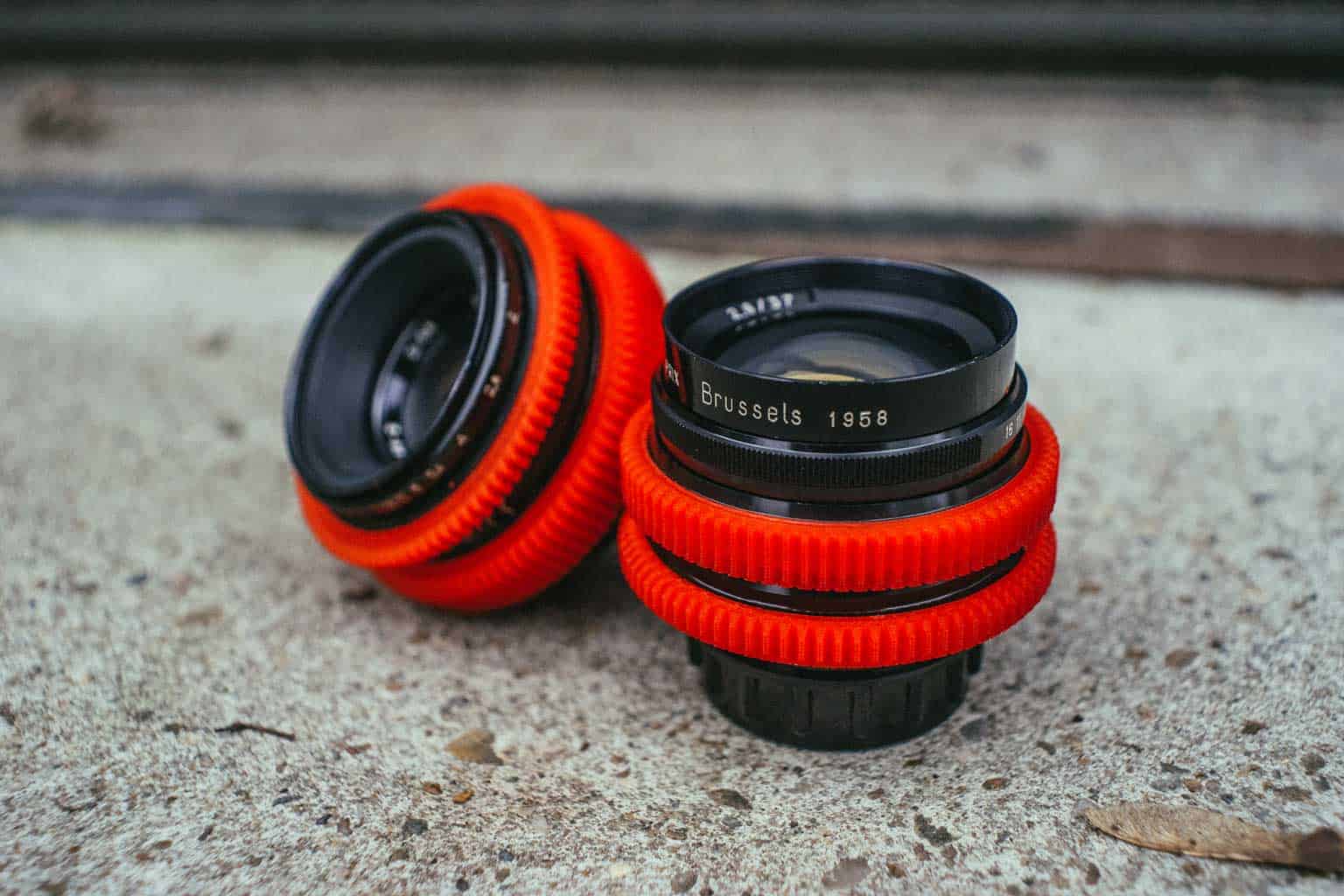What is ABS filament?
Still the go-to material for many 3D printing enthusiasts and professionals alike, ABS filament, or Acrylonitrile Butadiene Styrene filament is one of the most popular and widely used filaments in the world of 3D printing. ABS offers an exceptional range of characteristics that make it a perfect choice for creating robust and durable prints. ABS filament finds applications in various industries, including automotive, aerospace, engineering, prototyping, and consumer goods. Its combination of strength, durability, slight flexibility, and heat resistance makes it suitable for creating functional parts, intricate models, and end-use products.
ABS vs PLA
Still an important topic for many. What is the difference between ABS and PLA? Both these filaments are two widely used 3D printing filaments, each with distinct properties and advantages. ABS is known for its high strength, impact resistance, and heat tolerance, making it a much better choice for strong functional parts. On the other hand, PLA is much more eco-friendly, rigid, and overall just requires much less specific requirements.
ABS itself does also resist temperatures much better then something like PLA. Generally completely retaining its shape up to 100°C and as low as -35°C. ABS itself is a very flammable polymer, but thankfully it is compatible with many additives which can give it great flame retardancy as well.
Most notably about PLA vs ABS though, is the post-processing potential of ABS. While both are ideal for sanding and painting, ABS has the advantage of having great compatibility with smoothing solvents like Acetone. Using this way of post processing even allows you to bond together the printed ABS parts without conventional glue. Even without post processing, however, ABS generally offers a much more smooth surface by itself. This and the more flexible nature of ABS filament results in the material being a much better fit for end use products.
Well known products that are made from ABS include such things as Luggage and suitcases, which showcase the impact resistance and slight flexibility that ABS is so well known for. This also comes into play for many automotive parts and even protective gear such as helmets and knee pads. But even toys such as Lego blocks, or kitchen appliances are also primarily made from ABS.

Kinds of ABS filament
There are many ABS kinds on the market of 3D printing. At FormFutura we constantly work on expanding our range of filaments, and this naturally includes a staple filament like ABS as well. Base ABS filament like our EasyFil ABS is usually the ABS we would recommend to start with. This has all the important characteristics that ABS is known for, without requiring to much experience. Being the more generic choice, it also offers many color variants from standard black ABS, to even yellow, or pink ABS.
While we have established that there are different ABS filaments requiring different settings. It is important to note that ABS can also be enhanced or altered with other materials. As our first example, we have PC ABS filament. At FormFutura we have two variants of PC ABS, which are our ABSpro and ABSpro Flame Retardant. These filaments are an example of ABS filament that has been elevated to a true industrial degree. Requiring an enclosed printer chamber, but in return also offering greatly increased performance.
Clear ABS filament, or transparent ABS filament is something you don’t see very often as natural ABS is known to be an opaque substance, but it is still possible for it to be produced in transparent grades. This can be seen in our ClearScent ABS filament which offers 90% light transmittance with 2.2% haze, and does not produce any common ABS odors.
Lastly we would like to bring attention to our TitanX ABS filament. This is ABS that for the moment we will simply classify as altered. TitanX ABS filament is the filament we usually recommend regardless if people are looking to print with ABS filament. Not only does this filament offer superior strength when compared to standard ABS, it also offers minimal warping, excellent interlayer adhesion, and seamless build plate adhesion. Even altered, this ABS variant can still be Acetone smoothed. For many, this can be seen as the best abs filament. Like most FormFutura filaments, these filaments are naturally all offered as 2.85mm and 1.75 mm ABS filament.


ABS print temperature
When it comes to printing itself, the recommended ABS print temperature is generally between 240°C and 260°C, with a build plate temperature of at least 80°C. In addition to this, ABS also always requires a controlled environment where there are minimal air drafts. This is why it is usually recommended to print ABS inside an enclosed chamber, but it isn’t always required. Some ABS variants, however, like our previously mentioned PC ABS, can even require a heated enclosure for optimal interlayer adhesion.
Most common issues with ABS filament
Every 3D printing material has its own set of challenges, and ABS filament is no exception. While frequently used by many, ABS is still known as a very chemical filament. When printing ABS, we highly recommend ensuring proper ventilation in your room if you are spending a lot of time there. While of course keeping in mind that random temperature drops are not recommended for this filament. During printing, ABS can also produce a smell that many deem unpleasant. But this can vary significantly with the type of ABS filament you are using.
The most common issues for ABS include warping or delamination, and clogging. Warping and clogging are mainly caused by one thing for ABS, and that is temperature. Both inconsistent, or low temperature can cause significant issue for ABS. Printing cooling should generally be disabled for this filament, and if used, be kept at 20% at a maximum.
Clogging is the other common issue for many. This usually comes from the general public thinking that ABS needs to be printed as hot as the printer can go. But most ABS kinds require a certain sweet spot, as to low will cause warping like previously mentioned, and to hot will cause clogging. For dual extrusion especially, ensuring that the standby ABS nozzle is at a maximum of 150°C will result in much smoother extrusion.
Conclusion
ABS filament stands as a versatile and reliable material for 3D printing, offering exceptional strength, durability, and heat resistance. By understanding its composition, printability, applications, and post-processing techniques, you can unlock the true potential of ABS and create outstanding prints. With troubleshooting strategies and advanced techniques in your arsenal, you’ll be well-equipped to overcome challenges and embark on exciting new projects. So, make so to give ABS filament a try and unleash your creativity with confidence!

